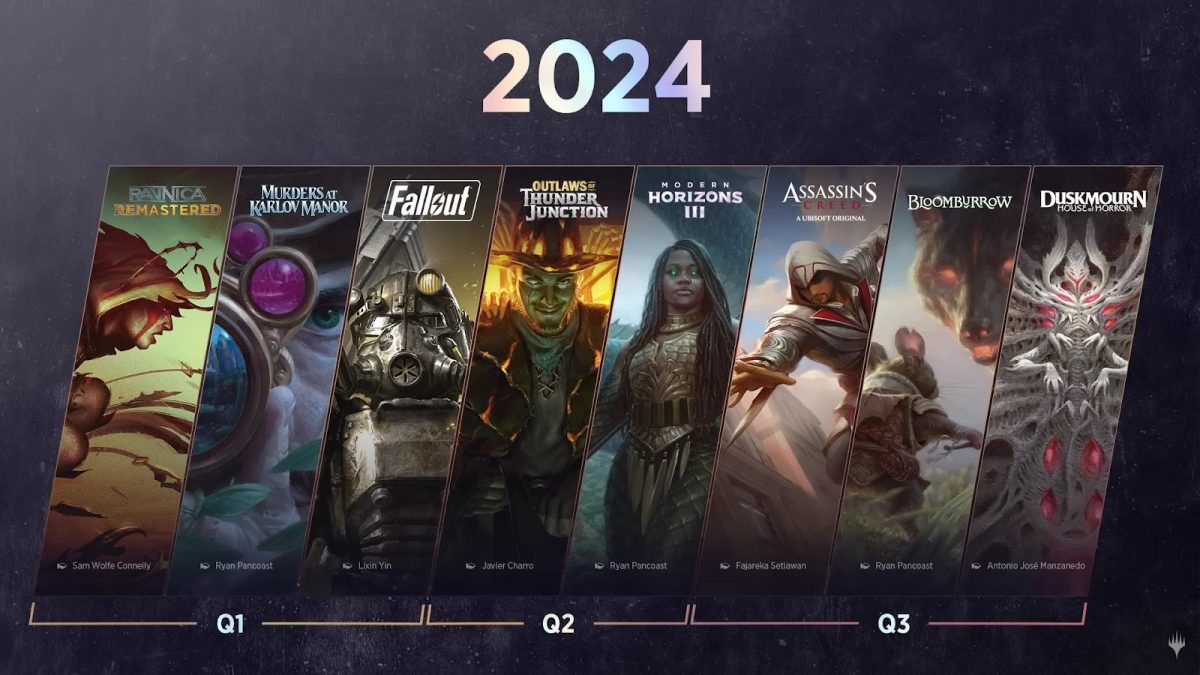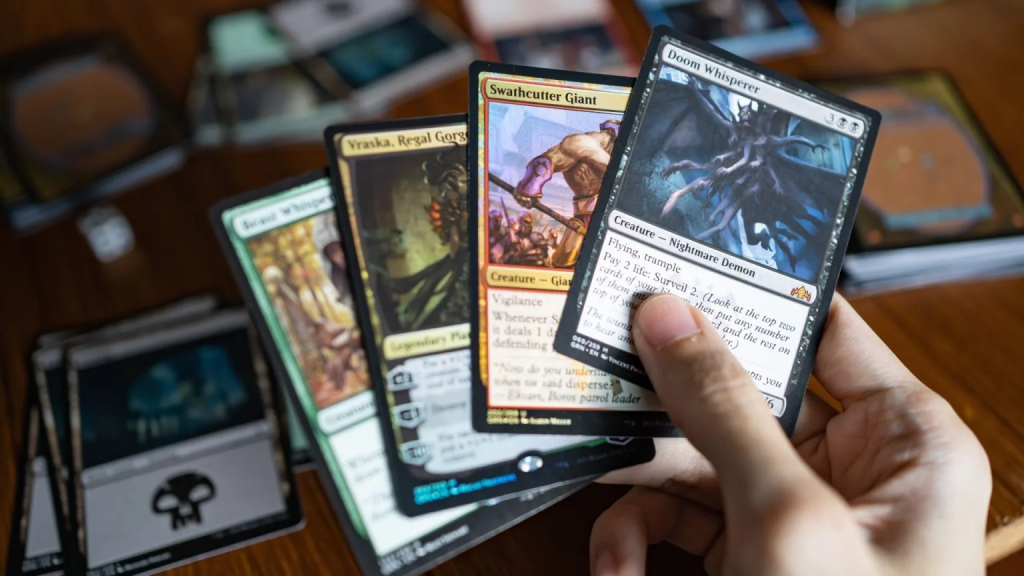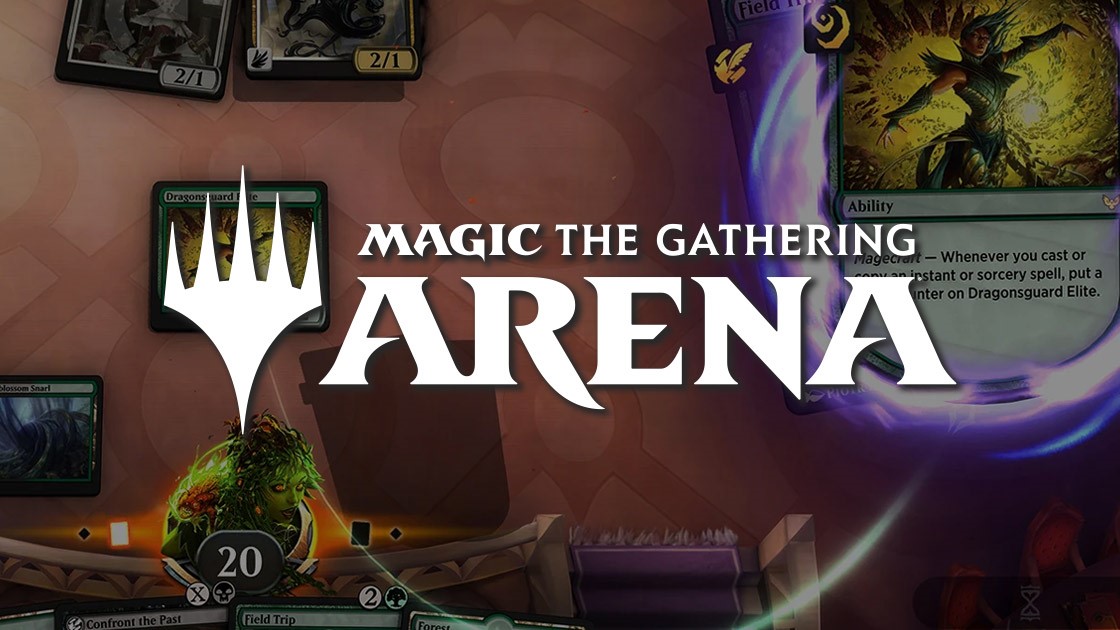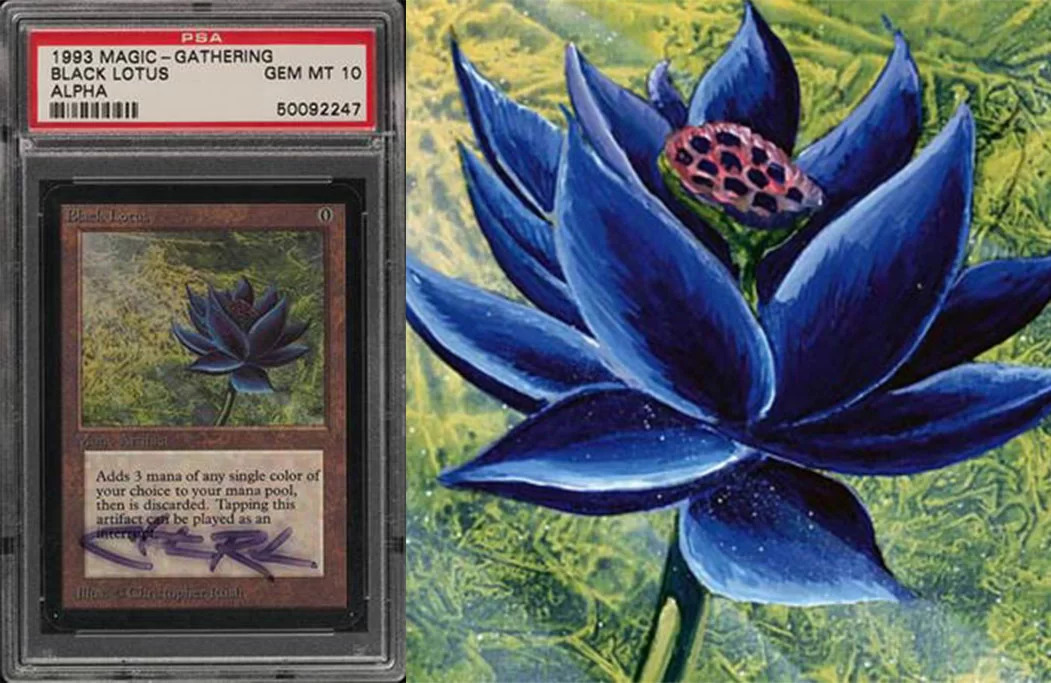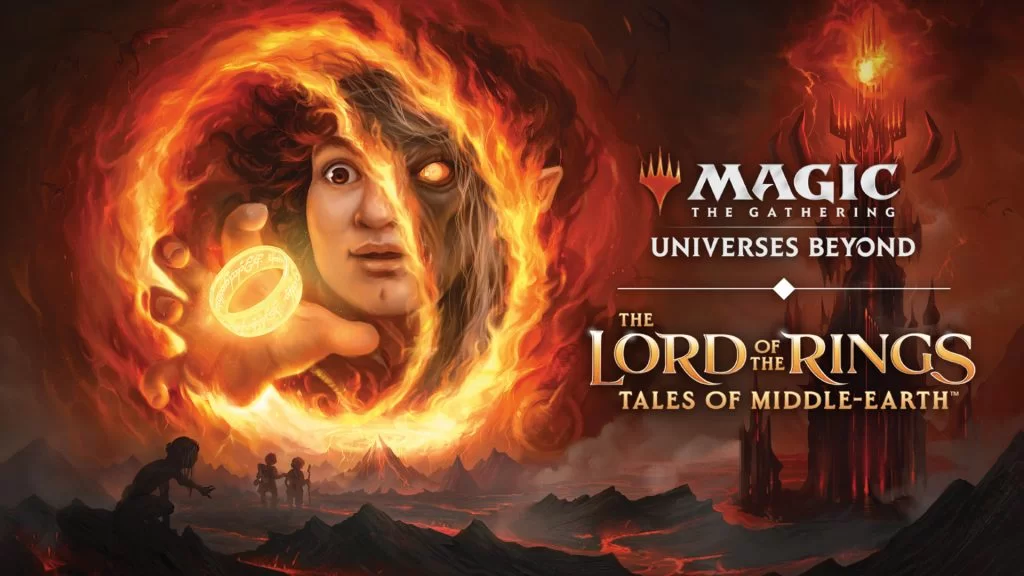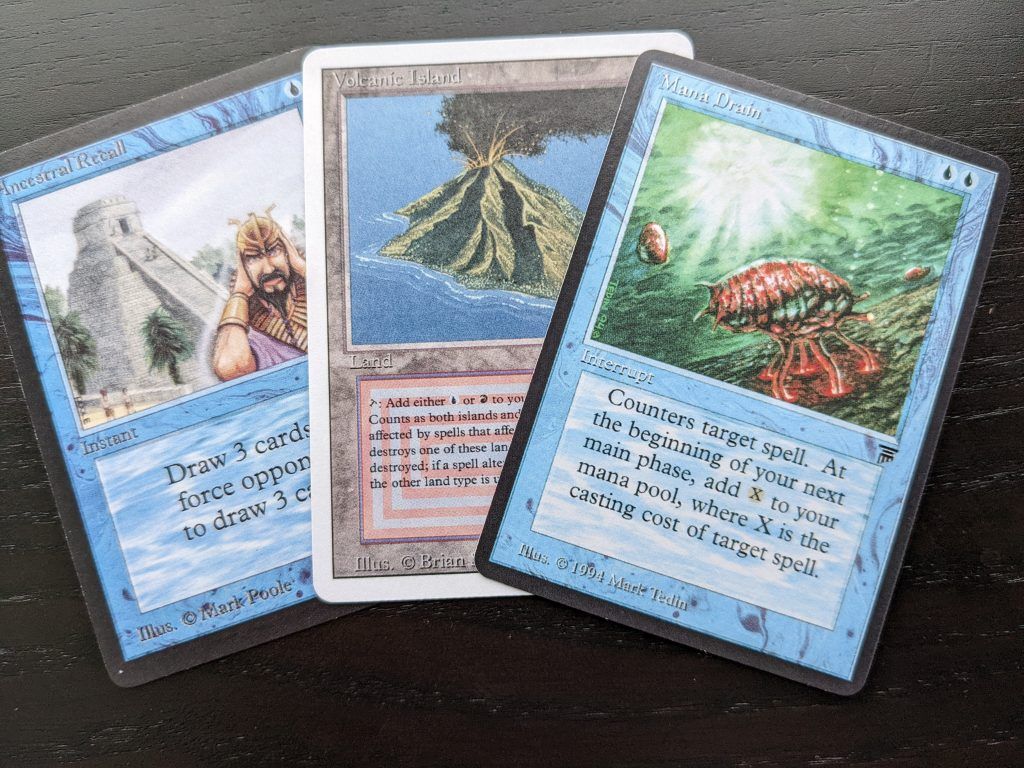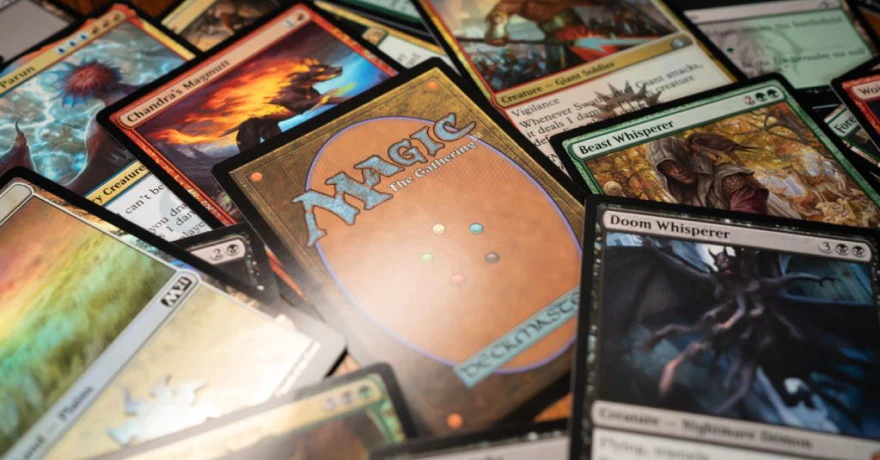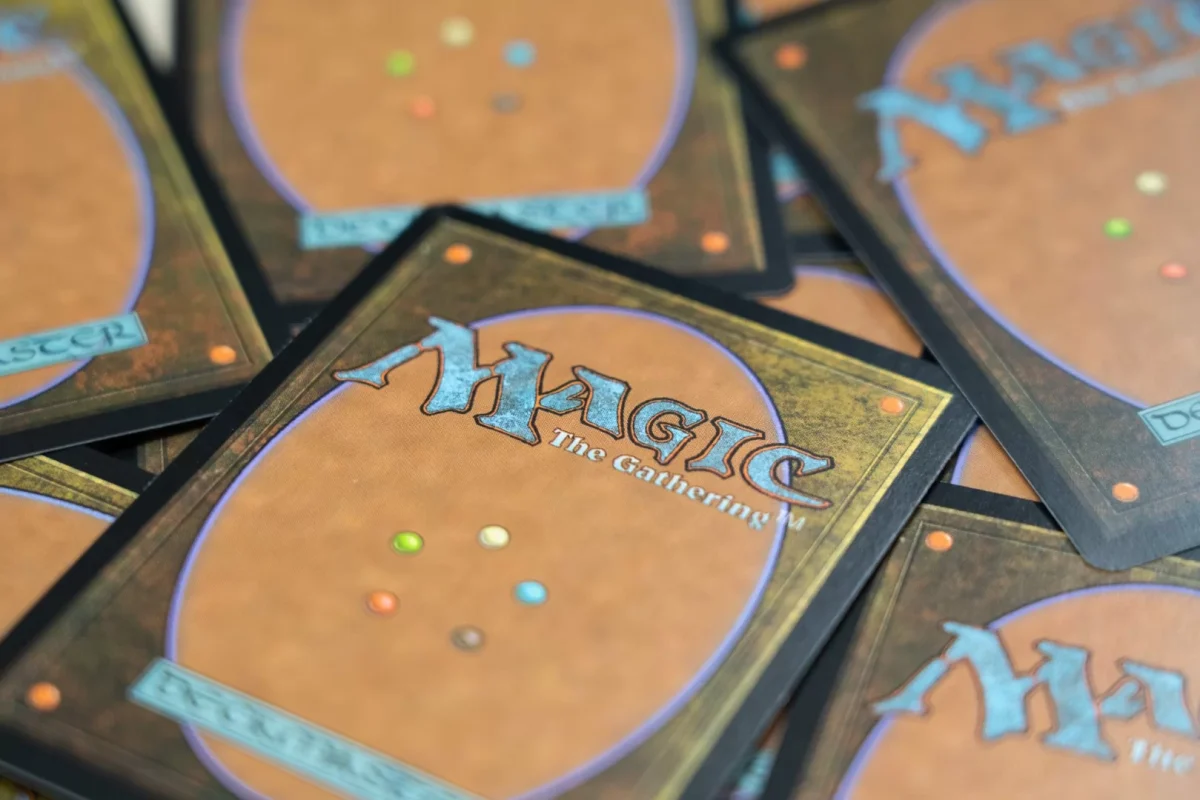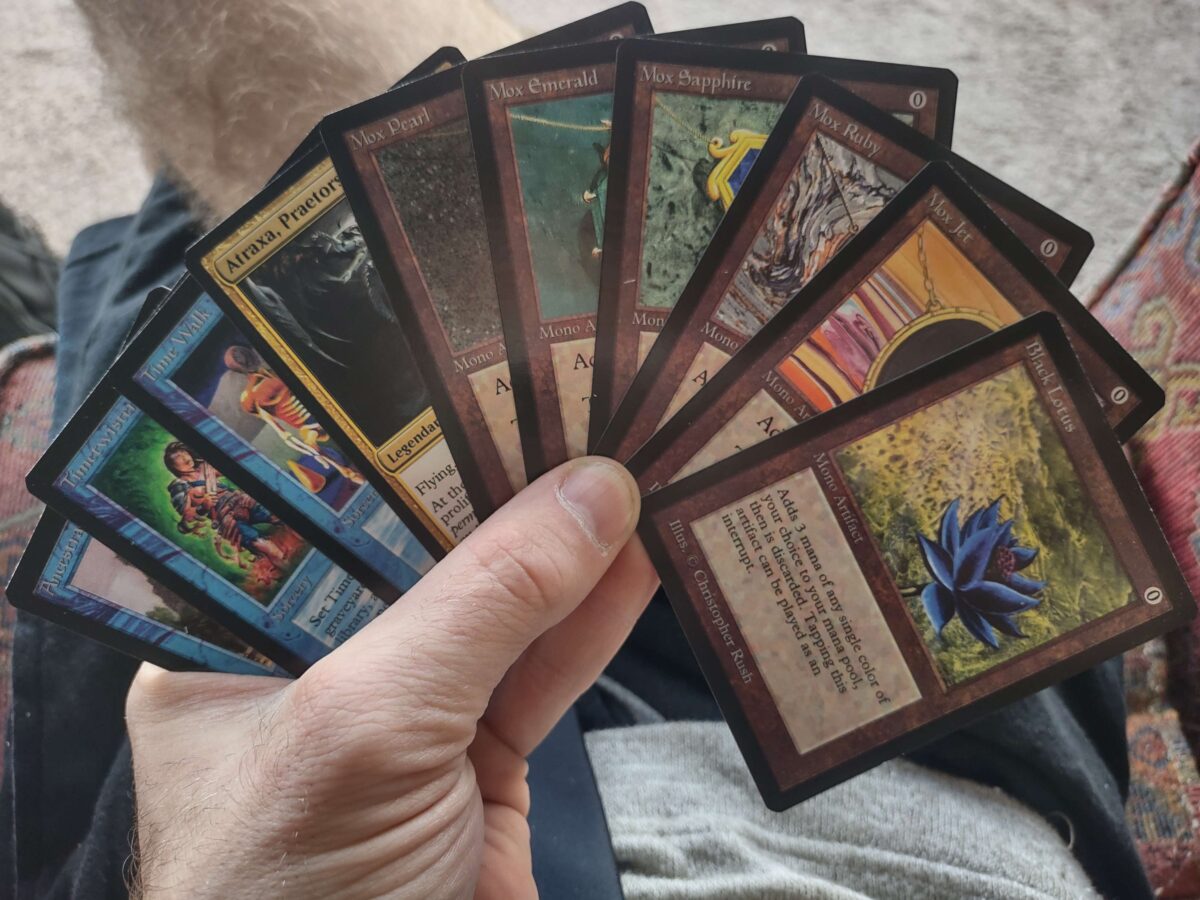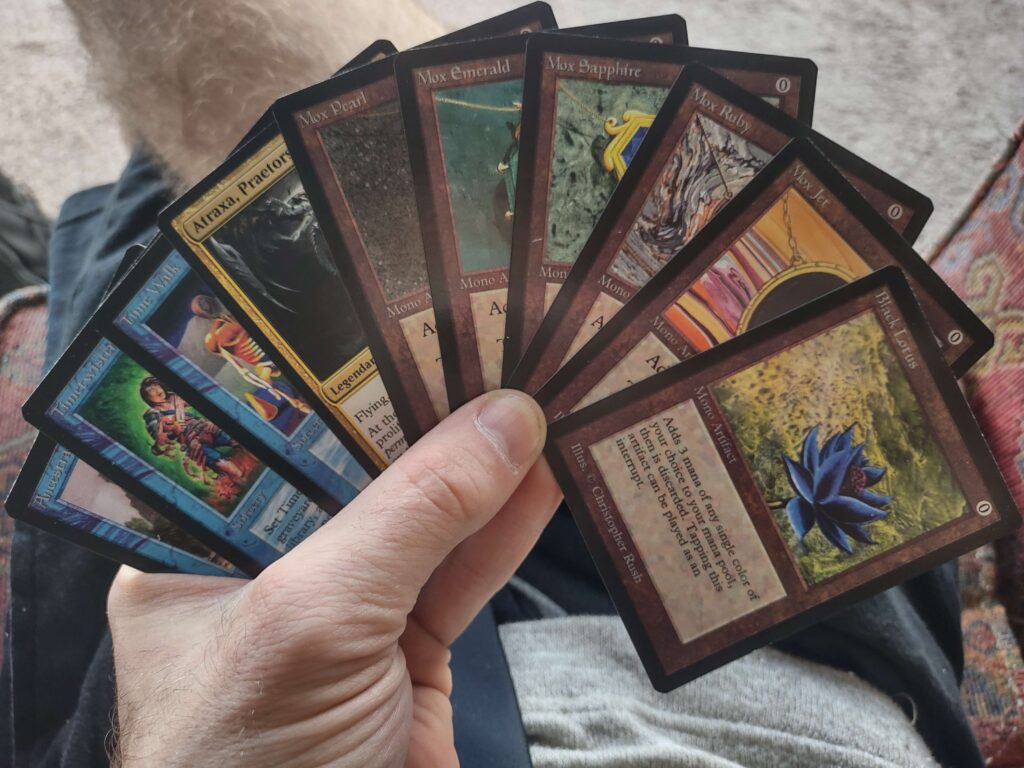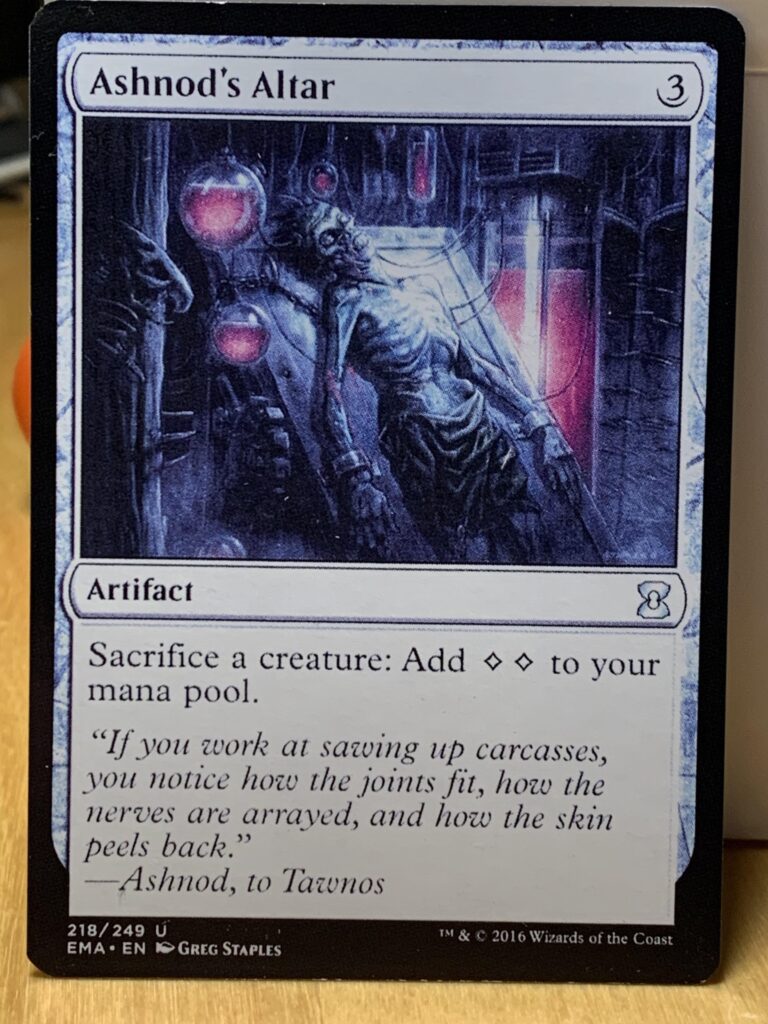Welcome to your ultimate guide to the Magic. The Gathering (MTG) set a release schedule for 2024! Whether you’re a seasoned planeswalker or a newcomer eager to dive into the rich lore and strategic depth of MTG proxy, staying updated with the latest set releases is crucial.
As you anticipate each set’s new cards and strategies, you might also be exploring the world of MTG proxies. From printing MTG proxies for playtesting to collecting, we’ve covered everything you need to know about the 2024 release schedule. Moreover, we also explore how MTG proxies fit into your gaming experience.
Understanding MTG Proxy
Before we dive into the release schedule, let’s briefly touch upon the concept of MTG proxies.
Proxies are alternative versions of MTG cards. Players use it for various reasons, including playtesting new decks without the need to purchase expensive cards. Additionally, during play, these cards are also used to protect valuable cards.
Whether you’re looking to print MTG proxy cards for personal use or explore the world of MTG proxies more broadly, it’s important to respect the game’s community and legal guidelines.
2024 Set Release Highlights
Magic: The Gathering’s 2024 calendar is packed with exciting releases that promise to enhance your gameplay and deck-building strategies. Here’s what you can look forward to:
Winter 2024: Frostfire Covenant
Kick off the year with Frostfire Covenant, a set that explores the icy landscapes and fiery tempers of a new, mystic plane. Perfect for players who love thematic dichotomies and innovative mechanics.
Spring 2024: Chronicles of Alara
Return to the shattered plane of Alara with Chronicles of Alara. This set is anticipated to bring back beloved mechanics and introduce new ones. This makes it a perfect time for veterans and newcomers to explore MTG proxies for experimental decks.
Summer 2024: The Goblin Games
Get ready for chaos with The Goblin Games. This lighthearted, goblin-themed set promises fun, mayhem, and strategic depth. It’s an excellent opportunity for proxy players to test out unconventional strategies without breaking the bank.
Fall 2024: Eldritch Moon Rising
Conclude the year with the dark and mysterious Eldritch Moon Rising. This set revisits the horror and eldritch themes loved by many. Furthermore, they offer complex mechanics and powerful cards that will be a delight to proxy and play.
Making the Most of MTG Proxies in 2024
With each new set release, exploring MTG proxies becomes even more enticing. It allows you to experience the full breadth of the game’s strategic possibilities without immediate investment in new cards.
Whether you’re playtesting potential additions to your competitive deck or enjoying casual games with friends, MTG proxies can enhance your MTG experience.
FAQs
Can you mix MTG cards?
Yes, you can mix cards. The Gathering (MTG) cards from different sets in most formats, as long as they meet the deck-building rules of the format you are playing.
Which is the 2024 MTG set’s first?
The first Standard MTG set was released in 2024. Murders at Karlov Manor transported players to Ravnica where they had to get ready to find out who had betrayed them.
Which Magic set is the oldest?
The oldest Magic set is “Alpha,” also known as “Limited Edition Alpha,” released in August 1993.
How many Magic sets a year?
Historically, Wizards of the Coast releases around 4 to 5 standard sets of Magic: The Gathering cards each year, along with various supplemental products and special sets.
Conclusion
The 2024 Magic: The Gathering set release schedule promises a year filled with exciting gameplay, captivating lore, and endless strategic exploration.
By incorporating MTG proxy into your play, you can freely experiment with new sets and cards. This ensures your MTG experience is always fresh and enjoyable.
Remember, whether you’re printing MTG proxy or exploring new decks. The most important part of MTG is the community and the shared love of the game. Happy gaming!
 Custom Gallery
Custom Gallery Proxy Booster
Proxy Booster Discord
Discord